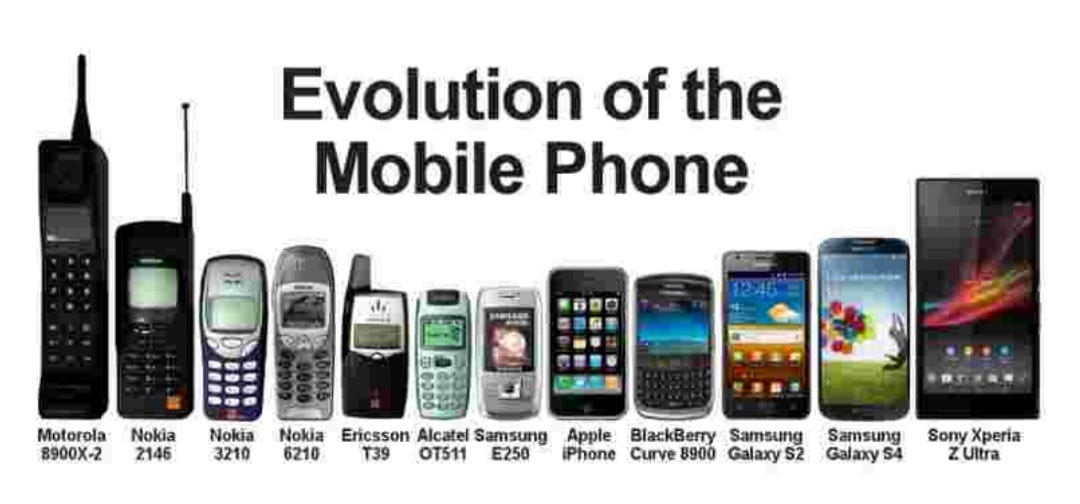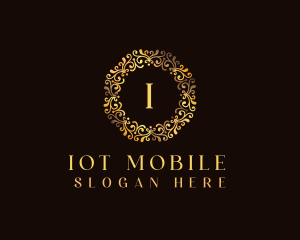Introduction :
In the rapidly evolving world of technology, few innovations have impacted our lives as deeply as the mobile phone. Over the years, these portable devices have transformed from bulky "bricks" to sleek, feature-packed smart companions that connect us to the world. In this article, we travel back in time to trace the fascinating evolution of mobile phones and the revolutionary changes they have brought in our daily lives.
1. Birth Of Mobile Communication:
The first mobile phone call was made in 1973 by Martin Cooper, an engineer at Motorola. The device they used weighed 2.2 pounds and had limited capabilities compared to modern smartphones. These early mobile phones, known as "brick phones", were expensive and used primarily for voice calls within a limited coverage area.
2. Rise of Compact and Portable Devices:
As technology advanced, mobile phones became more compact and lighter. In the 1990s, the introduction of flip phones and candy bar-sized devices marked a turning point in mobile communications. Users can now carry their phones more easily, and text messaging has become a popular method of communication.
3. Advent of Mobile Internet:
The early 2000s saw the rise of the mobile Internet, which turned phones into powerful tools for accessing information on the go. Devices such as the Blackberry and the Nokia Communicator introduced email and web browsing to mobile devices, setting the stage for future smartphones.
4. Smartphone Revolution:
The year 2007 was an unprecedented moment in the history of mobile phones with the introduction of the first iPhone. Apple's revolutionary device, combining a phone, music player and Internet communicator, laid the foundation for the smartphone era. Android smartphones followed suit, offering a range of options and paving the way for an app ecosystem that enriched user experiences.
5. The era of touchscreens and apps:
Smartphones evolved rapidly, with touchscreen technology becoming the norm. The introduction of the App Store allowed users to download and install a myriad of applications, from social media platforms to productivity tools, expanding the capabilities of mobile devices beyond imagination.
6. Integration of advanced features:
Modern smartphones have become true all-in-one companions. High-resolution cameras, augmented reality capabilities, facial recognition and fingerprint sensors are just a few examples of advanced features that have become commonplace. These advancements have turned our phones into powerful tools for capturing memories, increasing productivity, and engaging in immersive experiences.
7. 5G and beyond:
As we move into the future, 5G technology promises faster and more reliable connectivity, enabling new possibilities for seamless streaming, augmented reality applications, and IoT (Internet of Things) integration. Mobile phones continue to evolve, as researchers explore innovations such as foldable displays and wearable technology, pointing to a world of limitless possibilities.
Conclusion:
From the cumbersome brick phones of the past to the sleek and sophisticated smart phones of today, the evolution of mobile phones has been nothing short of extraordinary. These devices have revolutionized communications, transformed industries, and connected people around the world more than ever before. As we eagerly anticipate future innovations, one thing is certain: mobile phones will continue to be an integral part of our lives, empowering us and shaping the way we interact with the world.

